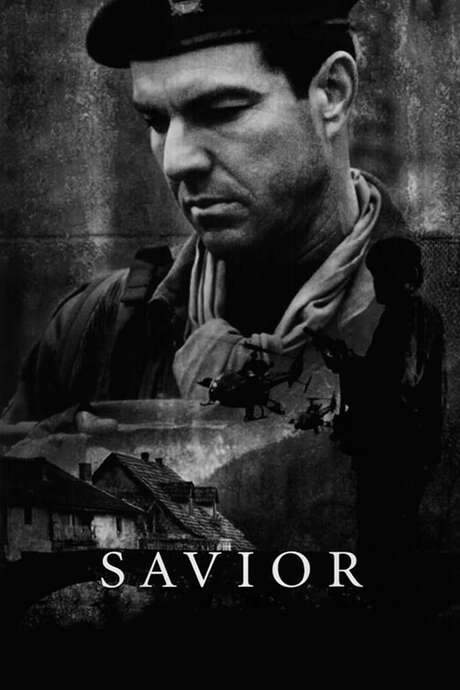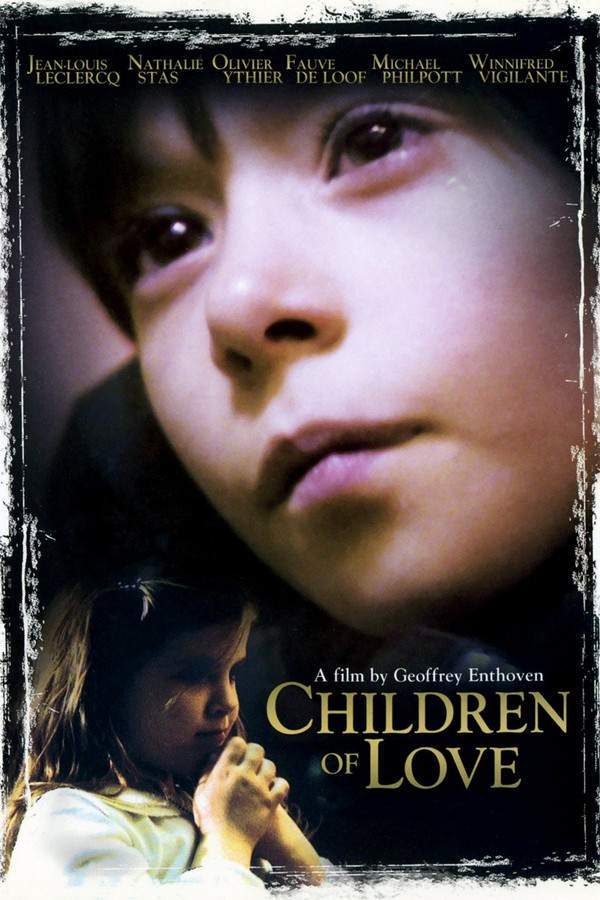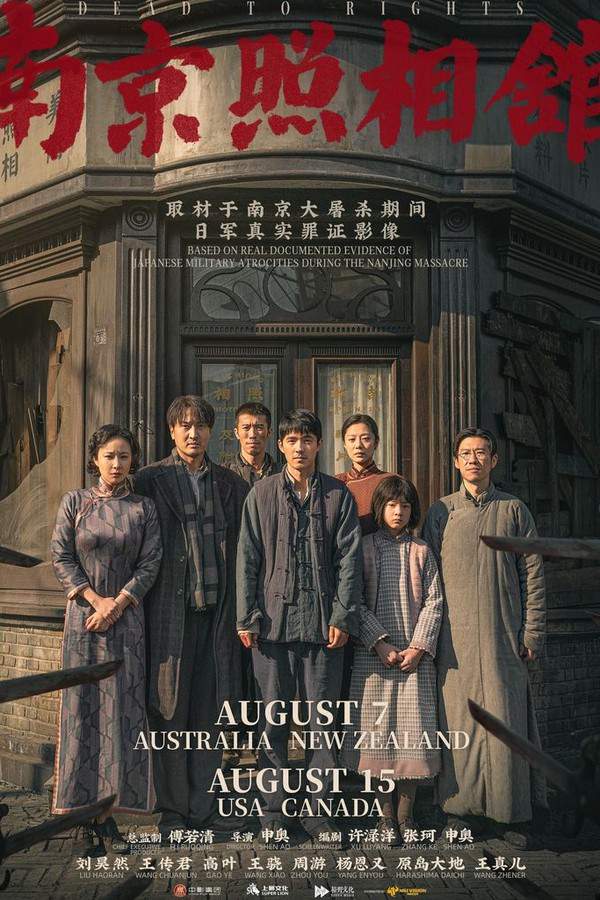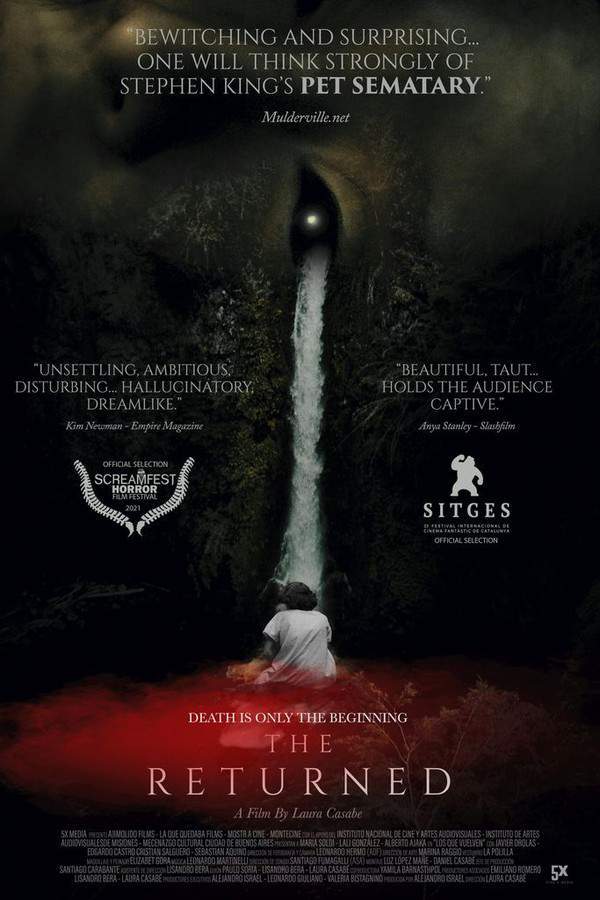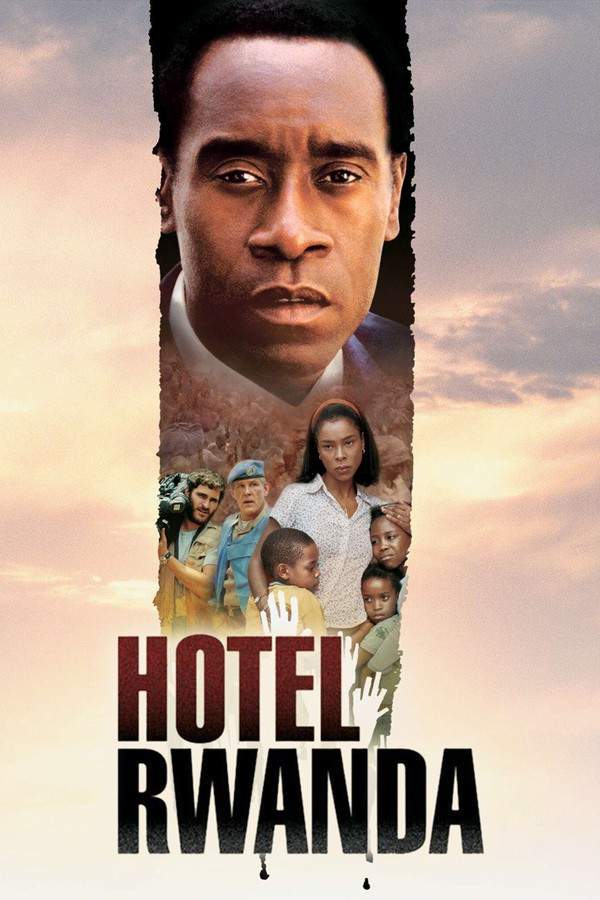
The Relief of Belsen
Year: 2007
Runtime: 101 mins
Language: English
Director: Justin Hardy
In early April 1945 a British ambulance unit was pulled from the front lines in northern Germany to confront a serious medical emergency behind enemy ground. An outbreak of typhus erupted in a prison camp—Bergen‑Belsen. The troops entered unaware of the enormity of the disaster awaiting them, a catastrophe that would become an emblem of war’s cruelty.
Warning: spoilers below!
Haven’t seen The Relief of Belsen yet? This summary contains major spoilers. Bookmark the page, watch the movie, and come back for the full breakdown. If you're ready, scroll on and relive the story!
The Relief of Belsen (2007) – Full Plot Summary & Ending Explained
Read the complete plot breakdown of The Relief of Belsen (2007), including all key story events, major twists, and the ending explained in detail. Discover what really happened—and what it all means.
A frontline ambulance crew are diverted from the conflict in Northern Germany to assist at Belsen, where the full scale of suffering begins to reveal itself. In the opening moments, a bemused Derrick Sington explains the grim reality to a visiting rabbi with a hard, almost clinical honesty: > I’m afraid it’s mainly your crowd. The scene sets a stark tone for what follows, as the team confronts a camp that challenges every assumption they bring with them.
Brigadier Glyn Hughes quickly grounds his men in the immediate emergency: typhus is the primary threat, and the task will be led by Lt Col James Johnston, a highly respected officer famed for past heroism but who arrives with private misgivings tucked away in his memoirs. The camp stretches out behind a sea of huts—about forty thousand prisoners in roughly two hundred shacks—living in conditions that defy belief. The men and their leaders, hardened by war, struggle to process the sheer scale of the atrocity standing before them.
As days turn into a tide of casualties, the death toll climbs driven by typhus and hunger. A fragile truce with the German guards is brokered by the British to slow the spread of infection, yet even with the pause, the work to bury the dead and treat the living feels like a postponement of an even larger horror. Corpses are sometimes hauled away only after intense pressure, and the German nurses are pressed into service for patient care while the inmates endure rations that fail to meet the dire needs. The rabbi, Leslie Hardman, is desperate to help, but his well-meaning actions—such as smuggling food—often backfire, causing more harm than good and costing lives. The cruelty of the situation is laid bare as hundreds die each day, despite the best efforts of those trying to save them. Through the chaos, Polish doctor Ada Bimko offers stark testimony about the depths of the Holocaust, laying bare the horrors those walls contain, and the moral weight the rescuers must bear.
Into this maelstrom arrives an English nurse, Jean McFarlane. Initially inexperienced, she proves herself under pressure and grows into a steady, compassionate presence who stands by Johnston as he starts to crumble under the pressure. Her presence both humanizes the operation and reinforces the fragile thread holding the camp’s fragile community together.
The pressure mounts when a Luftwaffe raid rocks the hospital, shaking Johnston’s confidence and prompting Gonin to challenge Johnston’s competence, labeling him a “pen-pusher.” Yet the talk of competence is complicated by the loyalties of those around him—friends who remind him of his past bravery and his ability to weather moments of doubt. The strain is immense, but the stalwart resolve of the team endures.
A gesture from India arrives in the form of medical students who bring a special Bengal Famine mixture to nourish the inmates. At first the effort seems to falter, but gradually the population begins to respond, and small successes begin to accumulate. In a moment of grim realism, Gonin tells Johnston a crucial truth: “It’s the little things that matter here.” Those little things accumulate into a fragile sense of progress, a gleam of hope amid overwhelming despair.
Even as supplies and care improve, there are still stark reminders of the humanity the camp strips away. A shipment of lipstick reaches Johnston, much to his initial disgust, yet it represents something essential and intimate for the inmates—an opportunity to feel like women again after the degradation they have suffered. This small, personal touch becomes a touchstone for the camp’s women, who are finally allowed to reclaim a sense of dignity, however briefly. The aid efforts eventually extend to clothing, with second‑hand garments arriving from a makeshift shop named “Harrods,” a symbol of normalcy and care that helps restore a sliver of everyday life to those living in unimaginable conditions.
Throughout the ordeal, the narrative stays anchored in the quiet resilience of the people who refuse to abandon hope. The story emphasizes how compassion, attention to detail, and small acts of kindness can sustain life when larger structures of power have failed to protect it. The film’s emotional throughline centers not on spectacle or conquest, but on the stubborn humanity that persists in the face of overwhelming brutality, and on the ways in which individuals from different walks of life—doctors, nurses, officers, rabbis, and the inmates themselves—collectively confront the enormity of what has happened and work to make a future possible, even if only in the smallest of ways.
Last Updated: October 09, 2025 at 16:36
Explore Movie Threads
Discover curated groups of movies connected by mood, themes, and story style. Browse collections built around emotion, atmosphere, and narrative focus to easily find films that match what you feel like watching right now.
Stories of humanity in crisis like The Relief of Belsen
Stories of small, defiant acts of compassion within overwhelming historical tragedy.For viewers of The Relief of Belsen seeking similar movies about moral courage and compassion in the face of overwhelming disaster. These films often explore war, historical atrocities, or societal collapse, focusing on the small acts that define our humanity.
Narrative Summary
This narrative pattern follows characters—often rescuers, aid workers, or ordinary people—confronting a large-scale humanitarian catastrophe. The plot involves a methodical, often desperate struggle against impossible odds, where success is measured in individual lives saved or moments of dignity restored, rather than a complete resolution of the underlying horror.
Why These Movies?
Movies in this thread are grouped by their shared focus on the tension between systemic horror and individual compassion. They deliver a heavy emotional experience defined by a bittersweet tone, where hope is fragile and earned through immense personal cost, creating a sobering yet necessary viewing experience.
Devastating historical documentaries and dramas like The Relief of Belsen
Unflinching films that document the grim aftermath of real-world atrocities.If you appreciated the sobering historical account in The Relief of Belsen, this thread collects similar movies based on true events of war, genocide, and collective trauma. These films share a steady pacing and a commitment to depicting the full weight of their subject matter.
Narrative Summary
Stories in this thread typically unfold in a linear, factual manner, following the discovery and confrontation of a historical tragedy. The narrative arc is less about traditional plot twists and more about the gradual, horrifying unveiling of scale and the subsequent, often incomplete, efforts at relief and reckoning.
Why These Movies?
These films are connected by their shared purpose as cinematic records of dark chapters in history. They prioritize authenticity and emotional honesty over entertainment, resulting in a consistently heavy, grim, and compassionate vibe that educates and moves the audience through a steady, immersive pacing.
Unlock the Full Story of The Relief of Belsen
Don't stop at just watching — explore The Relief of Belsen in full detail. From the complete plot summary and scene-by-scene timeline to character breakdowns, thematic analysis, and a deep dive into the ending — every page helps you truly understand what The Relief of Belsen is all about. Plus, discover what's next after the movie.
The Relief of Belsen Timeline
Track the full timeline of The Relief of Belsen with every major event arranged chronologically. Perfect for decoding non-linear storytelling, flashbacks, or parallel narratives with a clear scene-by-scene breakdown.

Characters, Settings & Themes in The Relief of Belsen
Discover the characters, locations, and core themes that shape The Relief of Belsen. Get insights into symbolic elements, setting significance, and deeper narrative meaning — ideal for thematic analysis and movie breakdowns.

The Relief of Belsen Spoiler-Free Summary
Get a quick, spoiler-free overview of The Relief of Belsen that covers the main plot points and key details without revealing any major twists or spoilers. Perfect for those who want to know what to expect before diving in.

More About The Relief of Belsen
Visit What's After the Movie to explore more about The Relief of Belsen: box office results, cast and crew info, production details, post-credit scenes, and external links — all in one place for movie fans and researchers.



